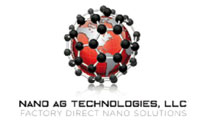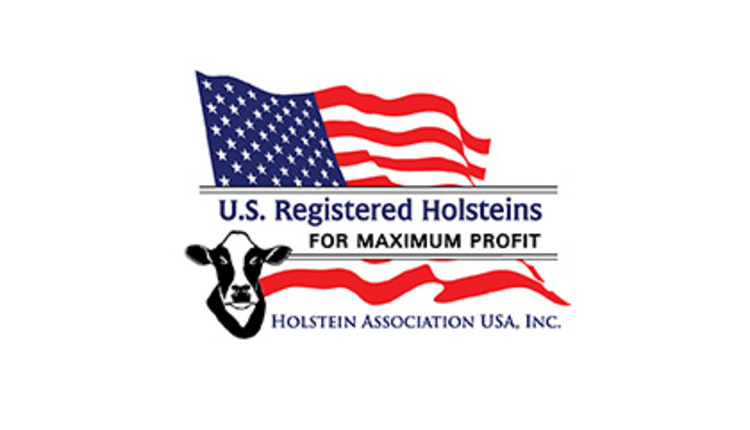
Considering today’s low commodity prices, farmers cannot afford to waste chemicals, fertilizer or even irrigation water. That’s why a growing number of producers are adding AGpHRx™ from Nano Ag Technologies, LLC, to the water that goes into tank mixes and irrigation pivots. AGpHRx™ is a novel biological-based sustainable solution designed to instantly lower pH and water hardness for long-term stability. AGpHRx™ not only blends with most herbicides, insecticides, fungicides, fertilizers and micronutrients, but it improves the solubility and effectiveness of those products through improved foliar and ground penetration.
Justin Brester, who grows corn, soybeans and alfalfa near Howells, Nebraska, says he’s never seen corn emerge out of the ground as quick as it did last spring after he added AGpHRx™ to his in-furrow starter mix at planting time.
“The corn was out of the ground in about five days,” Brester recalls. “Between the extra oxygen the product adds to the soil and the way it enhances the effectiveness of the fertilizer and micronutrients, we’ve seen amazing benefits.
“I also wanted to stay away from adding more salts in the furrow,” Brester adds, “So all of the products in the mix, which I blend myself, have less than two percent salt.”
On the other hand, AGpHRx™ separates salt that is already in the soil into the separate sodium and chloride components, making sodium available for the plant to utilize. Fact is, a plant can use up to 30 to 40 percent salt after it becomes bio-available.
However, Douglas Stengel, President/CEO of Nano Ag Technologies, LLC., explains that crops benefit even more from the way AGpHRx™ makes well water mimic the chemistry of rain water.
“Oxygen gas, which is vital to plant growth, is one of the most important elements collected from falling rainwater,” says Stengel. “Unfortunately, dissolved oxygen is quickly lost and is even less present in well water than it is in lakes and ponds.
“AGpHRx™ makes well water better balanced than rain water,” he continues. “It helps maintain and keep the pH stable until water is absorbed into the soil and taken up by the plants. And that helps increase yields and lowers the cost per acre.”
Soil pH affects more than soil acidity, though, according to Stengel. It also affects soil conductivity and electrochemical balance. Plants like soybeans, alfalfa and clovers, he explains, tend to take up more cations or minerals in proportion to anions, depending upon soil pH. This causes H+ ions, which accumulated as ammonium are converted to nitrates, to be released from plant roots in their efforts to maintain the electrochemical balance within their tissues based on the conductivity of soil. The result is a net soil acidification due to increased conductivity as soil pH fluctuates. AGpHRx™ helps reverse the damage caused by high-salt, chemical-based fertilizers and improves the balance in subsoil acidity and conductivity.
John Troutman, owner of Troutman Agri Solutions LLC in Marienthal, Kansas, can attest to the effectiveness of AGpHRx™ when added to irrigation water. In fact, AGpHRx™ is the only thing several of his customers have added to the water applied to alfalfa fields.

“We’ve done side-by-side trials with and without AGpHRx™ added to the water applied through the pivots and we found that the alfalfa in the treated plot had bigger, healthier plants with more leaves and produced a higher yield and an increase in relative feed value.
“By treating that well water, we’re releasing the dissolved minerals in the water so they become bio-available to the plants,” Troutman continues. “At the same time, we’re adding a huge dose of carbon, oxygen and energy to that water, which gives the plants a real ‘shot in the arm’.”
Troutman says he has found, too, that soil irrigated with AGpHRx™-treated water stays wet a little longer, which translates into fewer rotations of the pivot and a measurable savings in water. Some estimate up to a 30 percent savings in water alone.
In the meantime, AGpHRx™ releases the calcium, clay and zinc that cause compaction, allowing water and plant roots to more easily penetrate the soil, reducing compaction and further conserving water.
As an added bonus, AGpHRx™ in a tank mix or center pivot supply line helps remove and dissolve calcium deposits and rust from spray jets and keeps lines and nozzles free from buildups and clogs from fertilizers and chemicals.
For more information on AGpHRx™ or other products from Nano Ag Technologies, LLC, visit www.nanoagtechnologies.com, call (785) 477-9118 or e-mail info@nanoagtechnologies.com.


